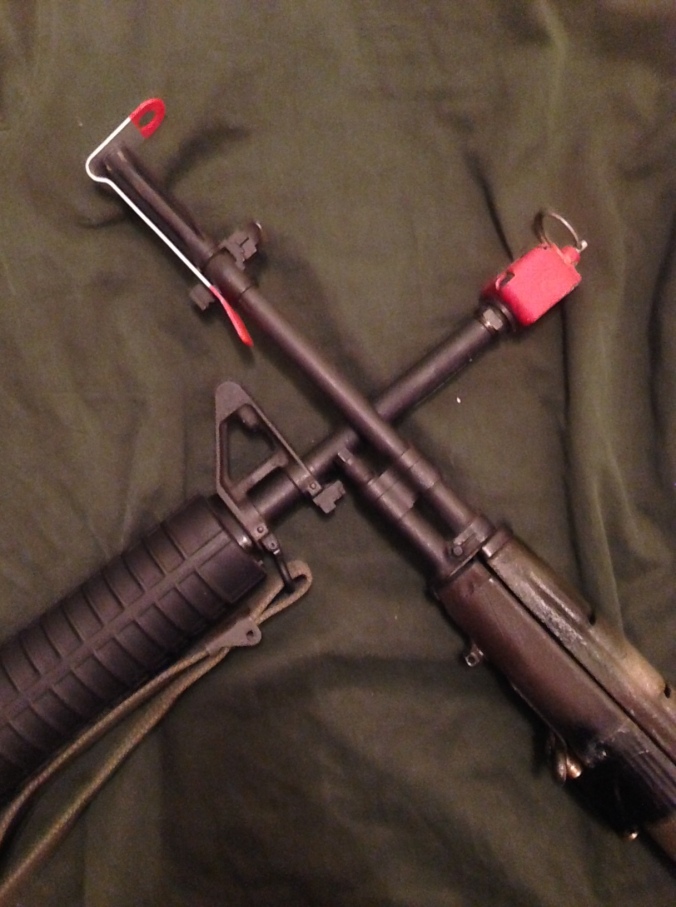
It is hard to codify what makes good Force on Force training, but in attempts to define such a system, the word most commonly used is “realistic”. The instructors at One Shepherd prefer the word “authentic”; you can read an excellent article about the subject here. http://warnerds.com/?p=385 In my mind, authentic FOF simulation is realistic enough that the student can visualize the elements of success in a real fight.
One friend of mine, Mike, who is a serious competitive shooter, told me once he used the time on airplanes and in waiting rooms to train. He simply closes his eyes, and imagines every element of firing a perfect shot. He imagines himself on the rifle range. He thinks of what the wind might be, and how much elevation to dial for the distance. He imagines his perfect firing position, the sight picture, and the perfect trigger break. He simulates his training entirely in his mind. Obviously, this would do no good, had he not put in thousands of hours on an actual range, learning what the elements of success are; but having done so, he augments his training with imaginary simulation.
The whole point of this anecdote is that my definition of “authentic” as “realistic enough”, is an elastic one, depending on the intelligence, creativity, motivation, and prior experience of the student. My friend Mike, possessing those four qualities in abundance, can simulate marksmanship training while waiting in the DMV. A less experienced person might need to dry-fire their rifle in their living room to get the same benefit, and a novice would have to actually fire live rounds in order to know what success looks like. He needs to have a number of experiences along the lines of: “See that, you hit the target, so whatever you did then, do it again.”
In my last article on this subject, I did not mention anything about the various types of simulation systems. This was on purpose, as I believe a system’s hardware is the least important element of any FOF training. The basic principles of combat are broadly applicable, and can be simulated with systems very different from the one that will be used in combat. During WWII, for instance, fighter pilots spent time shooting clay pigeons with shotguns as a way to learn aerial gunnery. In the martial arts club where I train, we practice a “stacking drill” for fighting multiple opponents, which is similar to the “react to near ambush” drill you would use in a dismounted patrol, which is similar to the “crossing the line” naval maneuver Nelson used at Trafalgar. Open hand fighting, coordinating a small team with rifles, or a fight between wooden ships with cannons, while utilizing very different systems, also employ strikingly similar tactics.
A perfect simulations system would:
- Imitate exactly the operation and capabilities of the actual weapon that it is meant to simulate,
- Require no training to operate (“Sarge, how do I turn this thing on?”),
- Have no special gear (as in: “wear this motorcycle helmet and strap these sensors on”),
- It could be maintained inexpensively by a company level supply sergeant,
- It would be 100% safe.
Nothing fits this description. In fact, every system I am aware of fails, to some degree, every one of these points, with some failing more decisively than others.
Projectile systems like paintball, air soft, and Simunition® lack the range of actual, live ammunition. Laser based MILES- type systems work well at distances beyond 10 meters, but not so well at closer ranges. None of them penetrate cover well. All require special training just to operate the system. Some of these require elaborate safety gear, and some require a skilled technician to do routine maintenance.
No perfect system exists, but even if a perfect system did exist, it would still be possible, even easy, to craft really bad training using it. In my next post, I will discuss the marks of a good or bad force on force training scenario.